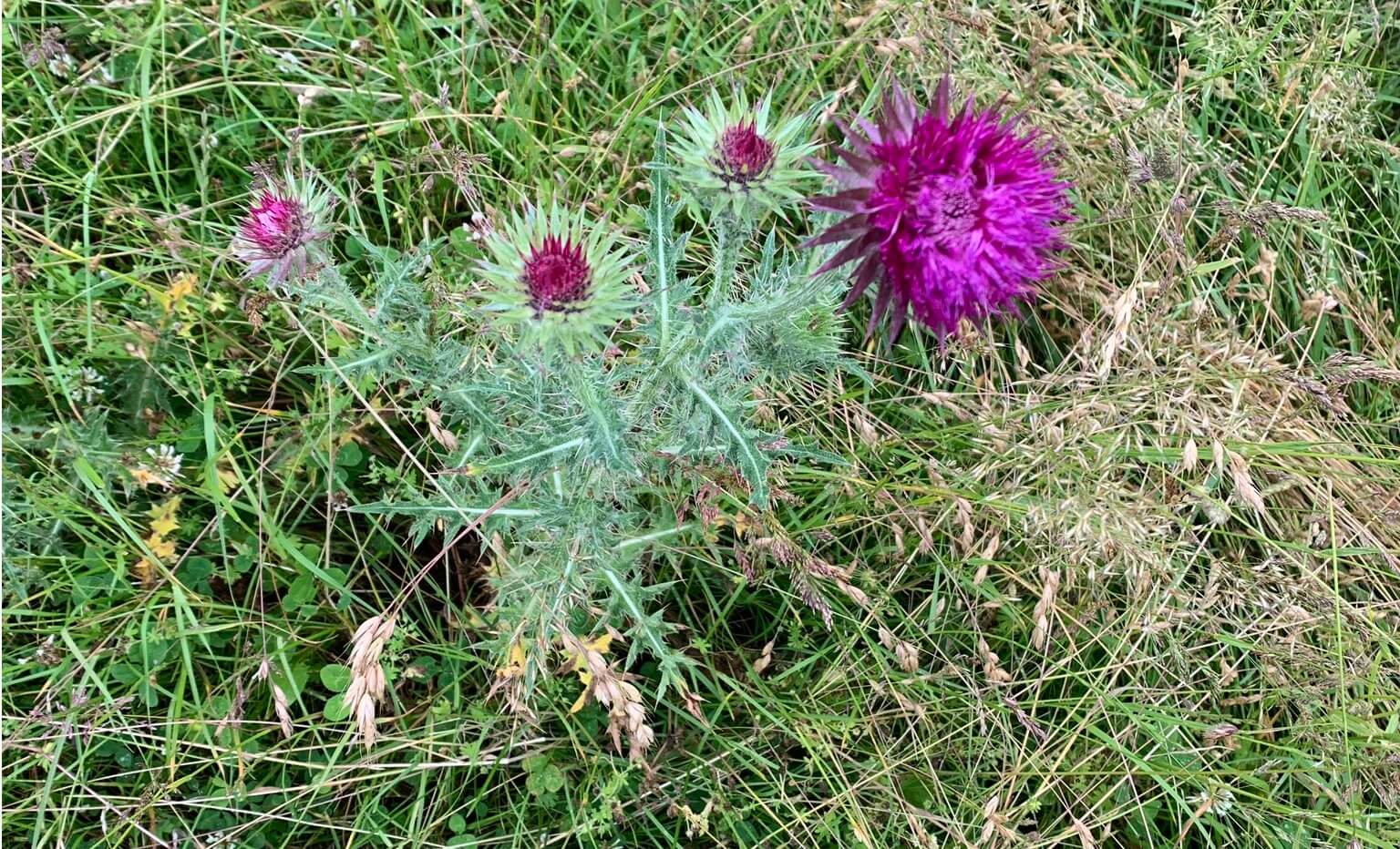For best results to control thistles, early spring is a key to controlling plants before they mature to produce viable seed.
Early action during the rosette stage of growth ensures easier control options.
As with all weeds, the key to controlling thistles is controlling them when they are small rosettes. It also means you can use less chemical, spend less money on chemical and can be safer for pastures with clovers.
Often throughout Gippsland and the South West we encounter situations on farm where the thistles have seeded - this is too late for long term management as it's likely more plants will pop up the following year.
Thistles also respond to increases in soil fertility, and in particular nitrogen, so spraying early is a key action before their spring growth flush.
Spray in the spring before the flowering stem develops!

Treating thistles in ryegrass pastures
- Light graze pasture to expose small thistles to the spray
- When there is a low density of thistles, use spot spraying
- Wait 7 days to allow thistles to freshen up
- Application of Clopyralid and MCPA
What makes thistles so difficult to control?
- Prolific seeding ability
- Very long seed bank, seed can last more than 10 years in the soil
- Long flowering season
- Difficult to control larger plants in ryegrass/clover pastures
- Hard to penetrate the leaves due to waxy and hairy surface
Slashing thistles
- Slashing isn't effective as thistles grow from the base of the plant
- Older plants often able to regrow
- Seed heads still have viable seed
Removing by hand
- Remove as much of root system as possible, so that re-growth doesn't occur
Maximise spray applications
- Thistles have hairy leaves which impact the ability of spray applications to absorb into the plant
- Use a premium quality spraying oil used to improve the spreading, wetting and retention of spray on the thistle
Long term control
- Vigorous pastures provide competition for germinating thistles, reducing seedling establishment
- Reduce seedling plants by early action on new thistles







